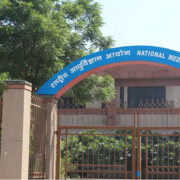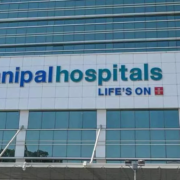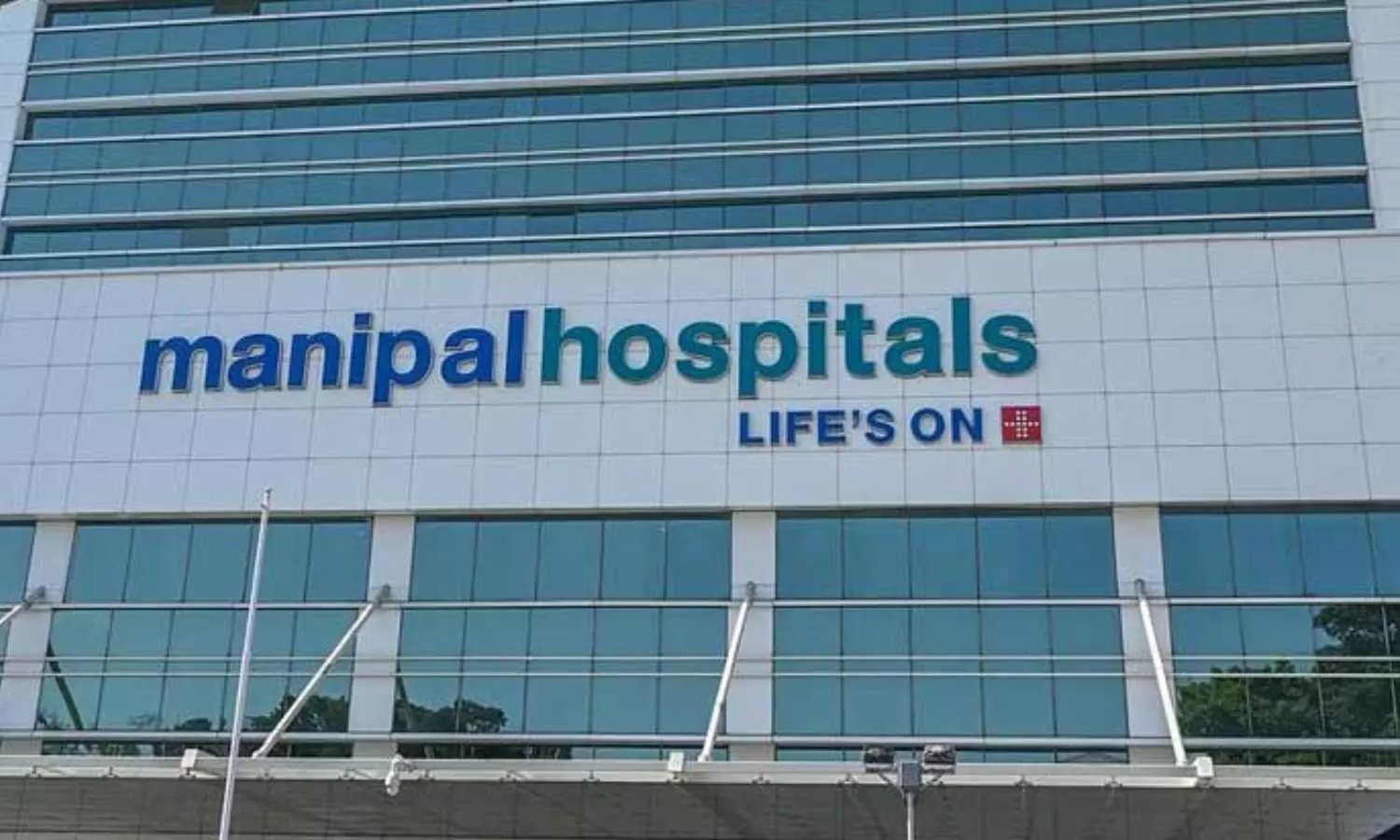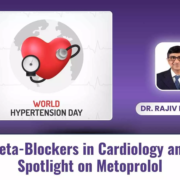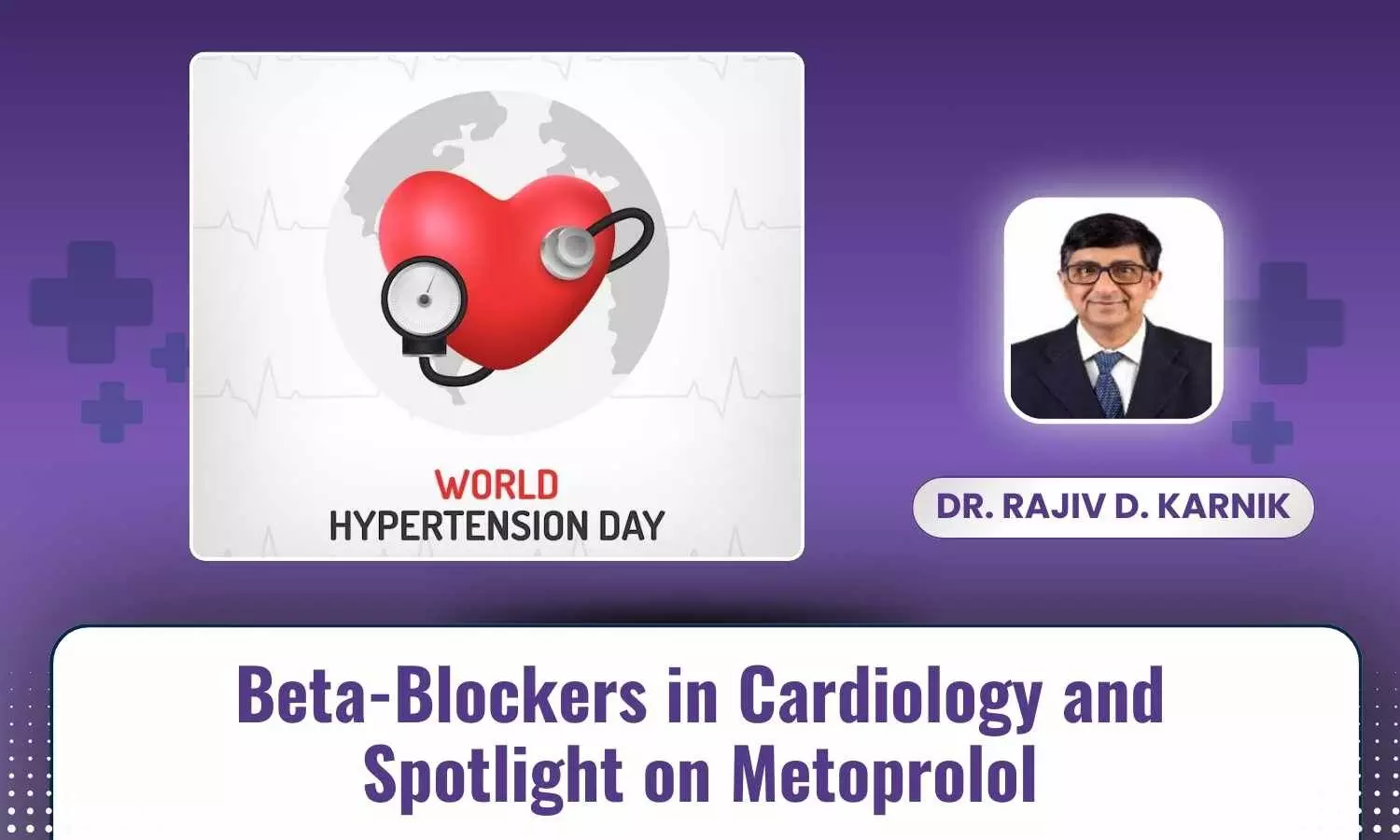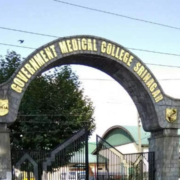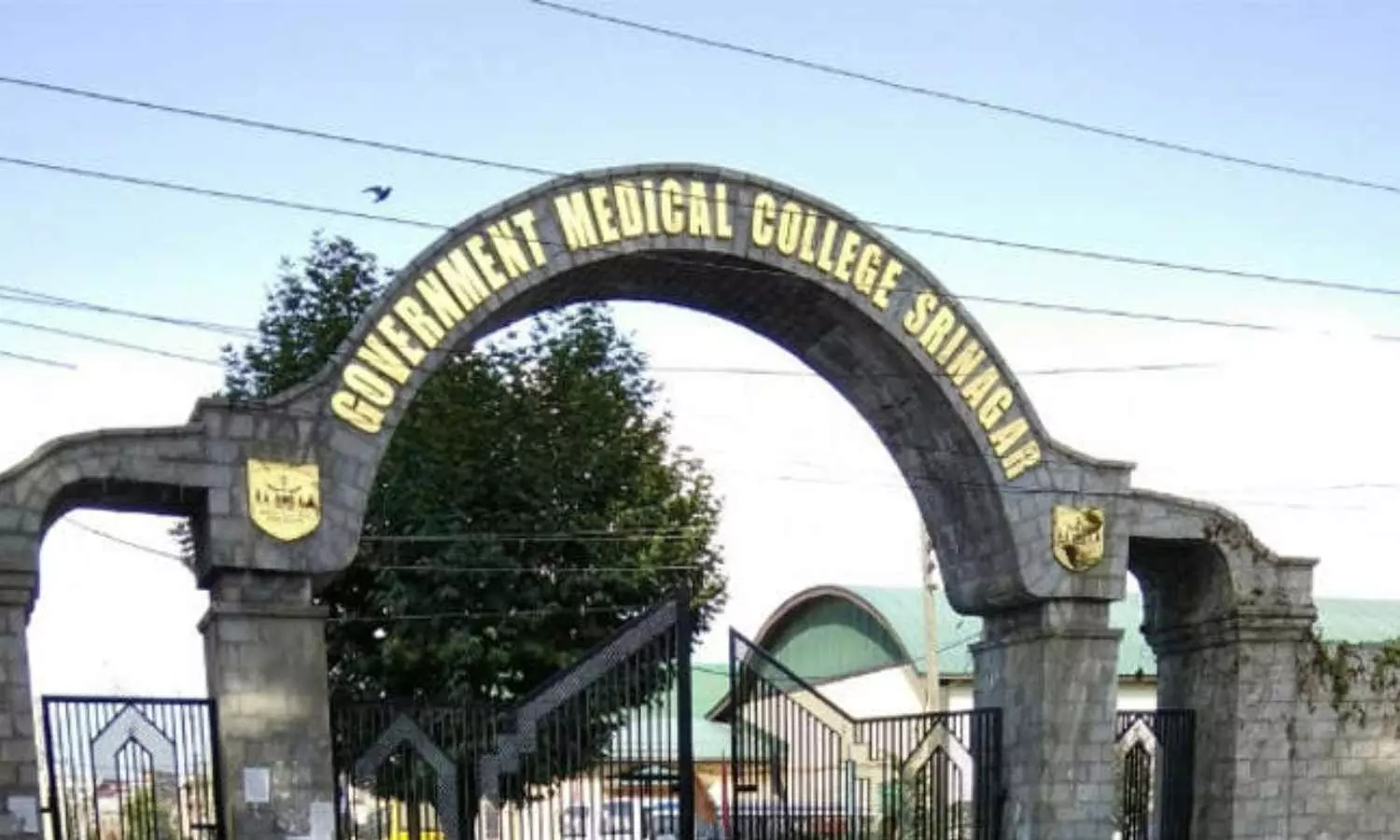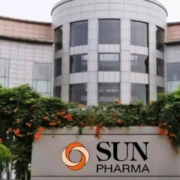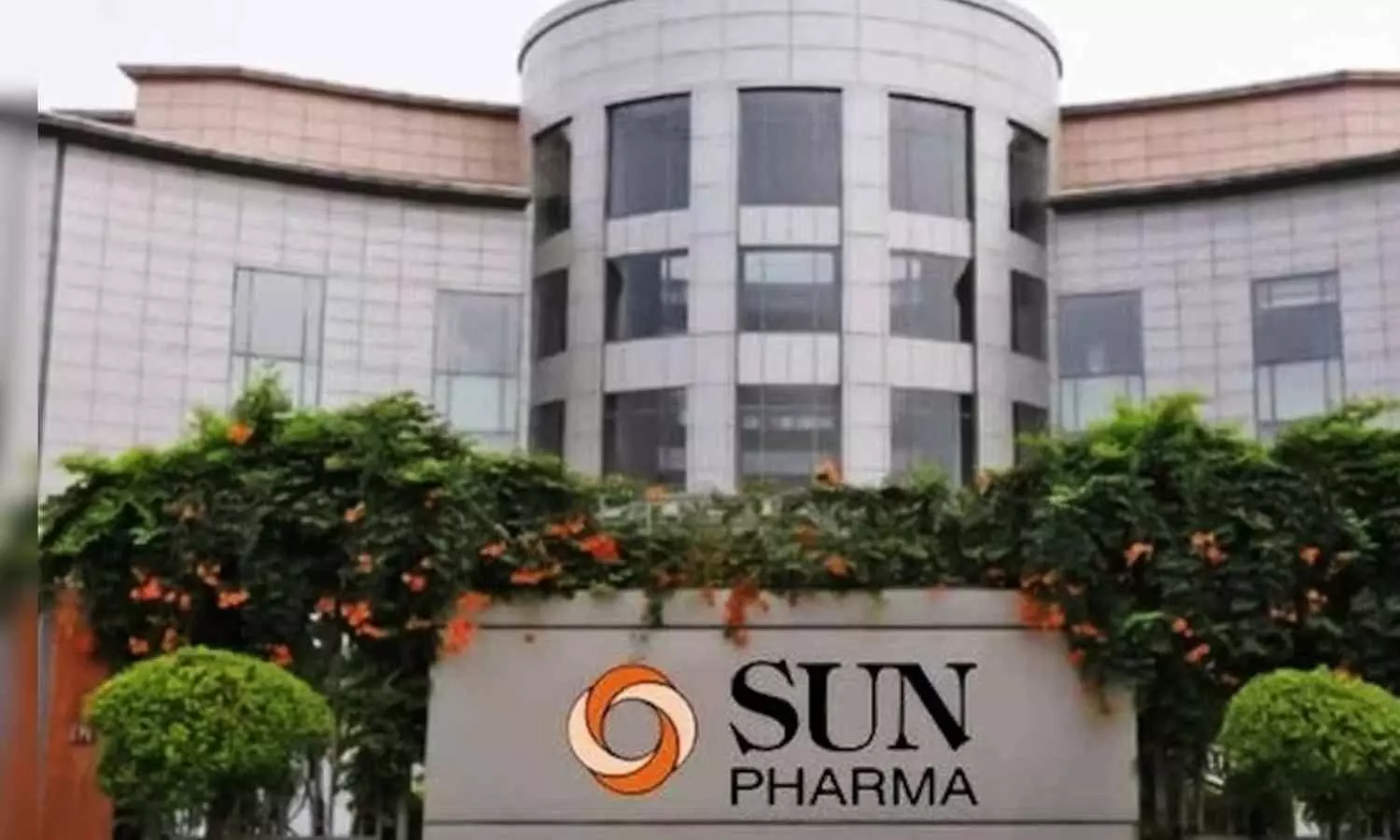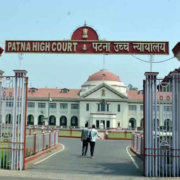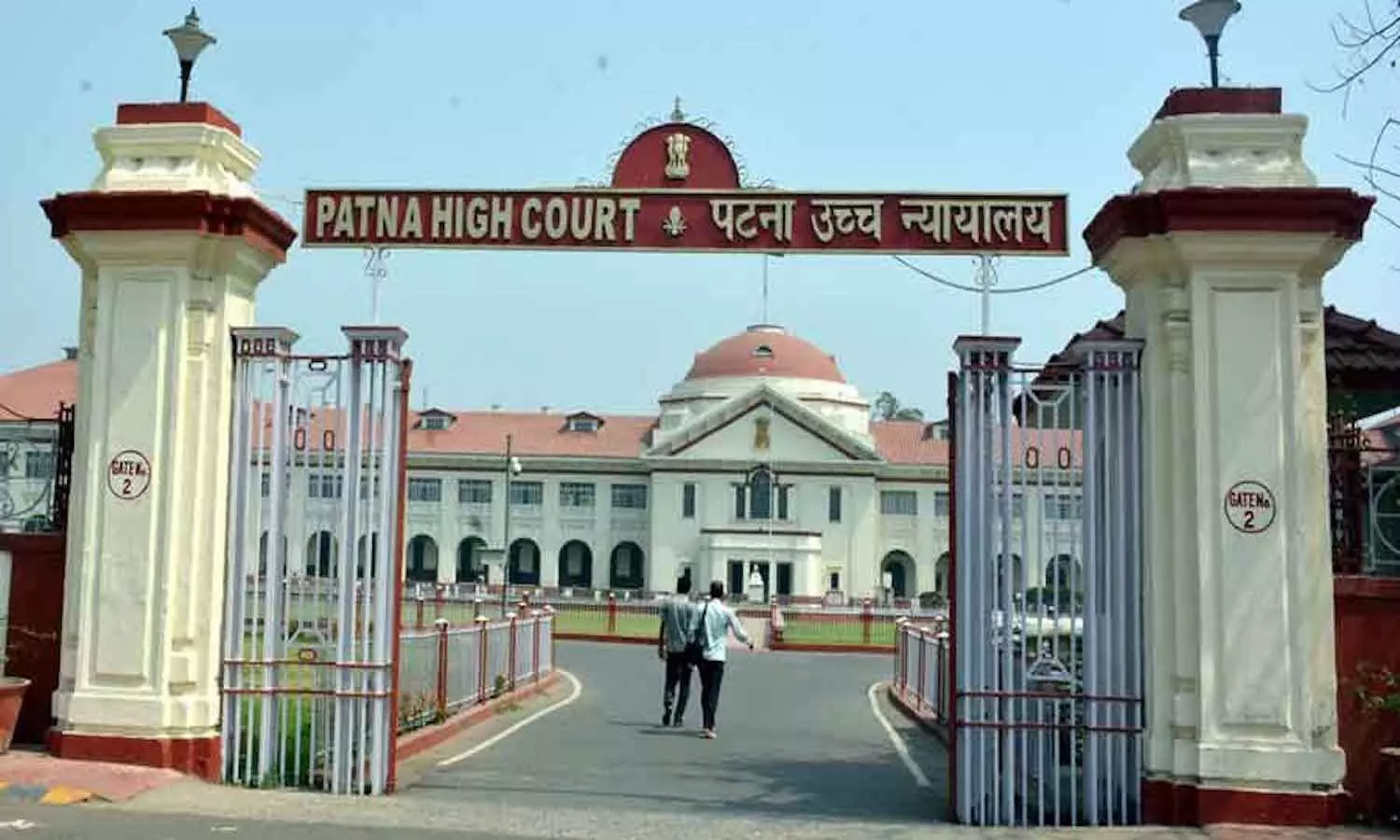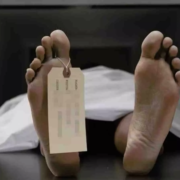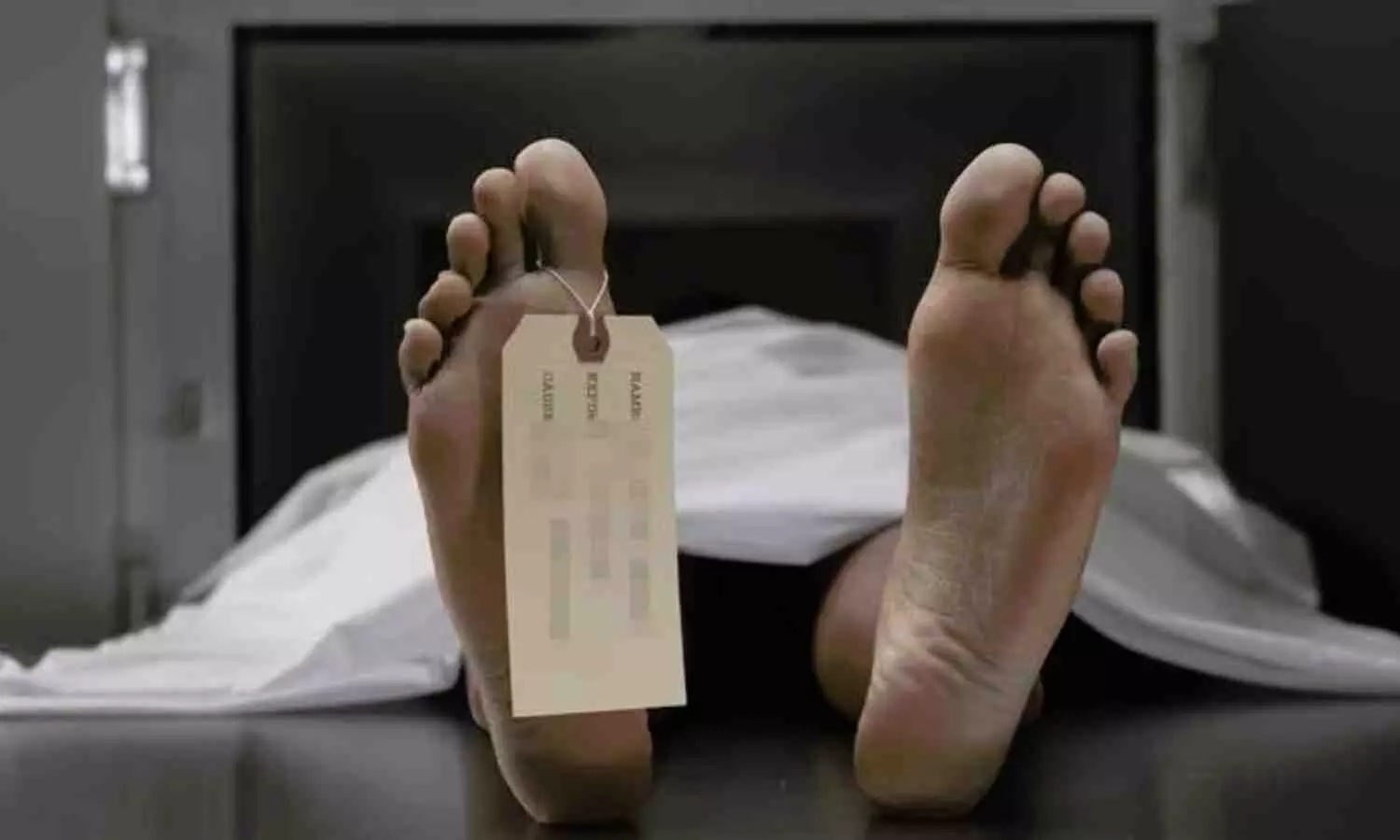NMC crackdown on Chhattisgarh Medical Colleges over faculty shortage, lack of essential resources

Raipur: Noting critical faculty shortage along with lack of essential resources, the National Medical Commission (NMC) has taken strict action against government medical colleges in Chhattisgarh.
According to a recent report by Statesman, NMC has slapped a penalty of Rs 1 crore on Kanker Medical College, Rs 4 lakh fine on Durg Medical College, and Rs 3 lakh fine each in the medical colleges located at Bilaspur, Ambikapur, Mahasamund, and Jagdalpur. Along with this, Mahasamund, Kanker, and Raigarh medical colleges have also been served with show-cause notices over shortage of faculty.
Further, the Apex Medical Regulator has warned the authorities of reducing the MBBS seats and thereby jeopardizing the accreditation status of these medical colleges, if they fail to comply with these penalty orders.
Therefore, currently, the accreditation status of three government medical colleges in Mahasamund, Kanker, and Raigarh is uncertain because of the shortage of medical college faculties. Issuing show-cause notices to these colleges, the Apex Medical Commission has demanded a response within 15 days to rectify these deficiencies.
As per the latest media report by The Statesman, the deans and professors from all government medical colleges in Chhattisgarh participated in a recent virtual meeting organized by the Apex Medical Commission and during the online assessment, it came to light that there were significant faculty shortages at these medical colleges.
The Daily has reported that colleges located in Kanker, Mahasamund, and Korba are reeling under inadequate infrastructure including dedicated buildings. Further, the severe shortage of critical equipment, such as MRI and CT scanners reportedly adds to the situation. NMC also highlighted the deficiencies in laboratory reagents.
After the virtual meeting, comprehensive inspections were conducted in state’s medical colleges, during which disparities ranging from classroom setups to laboratory infrastructure came to light – raising concerns among the officials of the Apex Medical Commission.
As per the Statesman report, the medical colleges in Mahasamund, Kanker, Raigarh, Korba, Drug, Jagdalpur, Rajnandgaon and Amibikapur are currently facing an urgent requirement to address the faculty shortages.
Among these, Raigarh Medical College has been operating for more than a decade. However, the medical colleges in Kanker and Mahasamund have been functional for three and two years respectively. As newly set up institutes, both of these medical colleges face challenges as neither of these institutes has its own building. These institutes are reeling under an acute faculty shortage, with deficiencies in the post of professors, associate professors, assistant professors, and senior resident doctors.
Besides addressing the faculty shortage, the authorities are also discussing the possibility of transferring experienced doctors from departments with the surplus staff in Raipur Medical College to these newer institutes. In order to deal with the faculty shortage, around eight years ago, neighbouring states were enlisted to conduct walk-in-interviews. Specifically, the States of Maharashtra and Odisha had been targeted to recruit doctors for the medical colleges in Rajnandgaon and Jagdalpur. Following this, Rajnandgaon Medical College successfully hired a substantial number of doctors from Maharashtra. At present, the contractual doctors in Chhattisgarh receive monthly salaries ranging from 95 thousand to 2.40 Lakh rupees.
NMC scrutiny and action
Medical Dialogues had earlier reported that the NMC had been in talks with the medical colleges across the country on a daily basis to ensure that the medical colleges have been complying with the requirements regarding faculty numbers, biometric attendance, clinical materials and other rules. The process is ongoing and NMC has already reached out to the administrators of around half of the medical colleges.
Earlier, medical colleges were facing physical inspections, where a team of assessors would go and visit medical colleges and assess those facilities. This process was widely criticized and accused of being full of bribery and corruption. It was alleged that the assessor would take bribes and approve medical colleges. However, under the new system, the Apex Medical Regulator is slowly moving online in terms of inspection of medical colleges as well as overseeing the fulfilment of requirements. Although online, with features, like AEBAS and biometric attendance system, it is being difficult for medical colleges to engage ghost faculties.
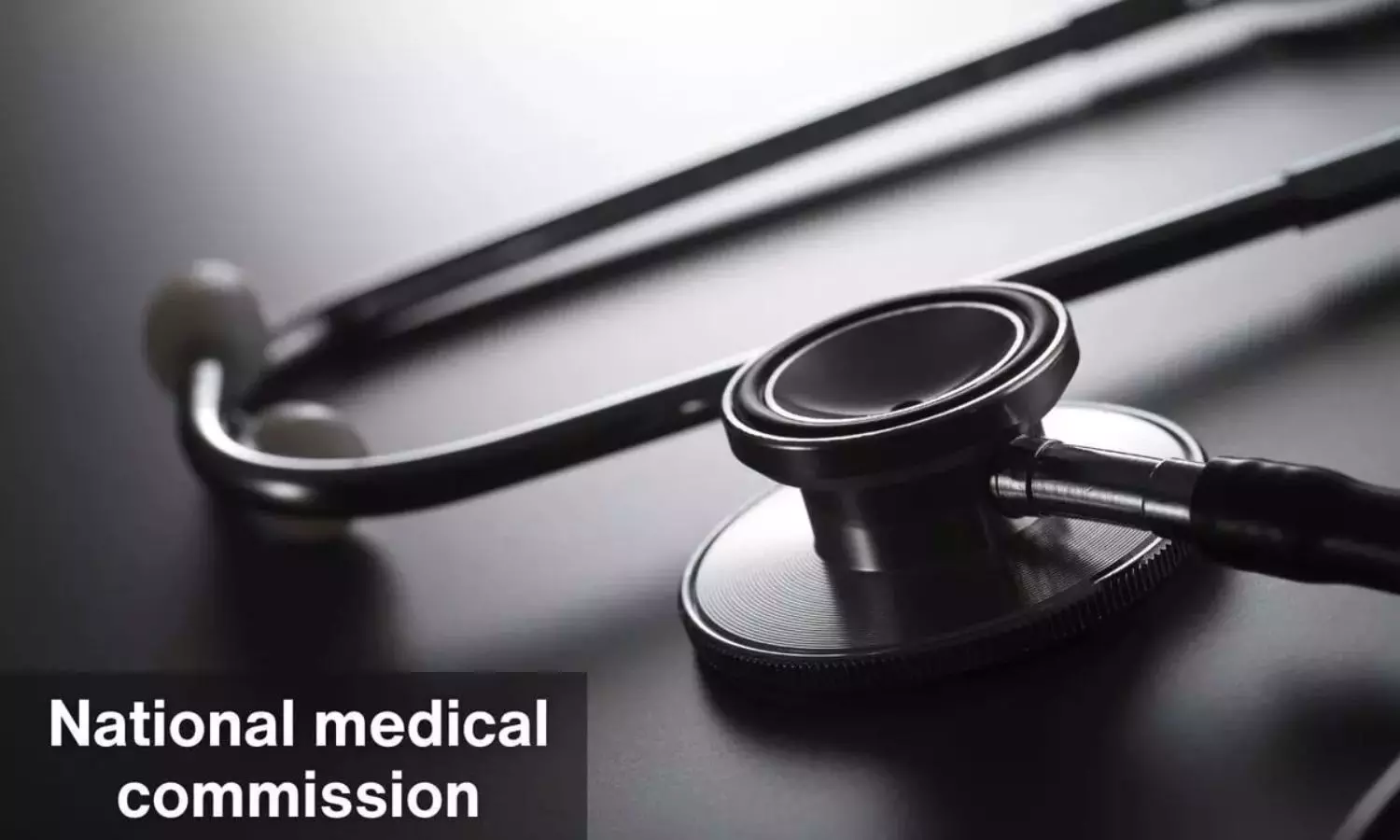 Also Read:Medical Colleges Under Tight Scrutiny of National Medical Commission
Also Read:Medical Colleges Under Tight Scrutiny of National Medical Commission
Earlier this month, for the first time, taking note of deficiencies in faculty and clinical material, NMC imposed fines on medical colleges for violating the Maintenance of Standards of Medical Education Regulations, 2023 (MSMER) rules. The Commission slapped a fine of up to Rs 3 lakh on government medical colleges in Tamil Nadu, including the colleges in Dharmapuri, Ramanathapuram, and Nagapattinam. Apart from these colleges, the Commission also issued show-cause notices to many other colleges for deficiencies in Aadhaar-based biometric attendance.
NMC in the Maintenance of Standards of Medical Education Regulations, 2023 or MSMER 2023 had mentioned that the Commission may impose several forms of penalty such as issuing a warning to the medical college to rectify or comply, imposing monetary penalty up to Rs 1 crore, imposing penalty up to Rs 5 lakhs to the faculties of the medical college for misconduct. It may also withhold the accreditation process, recommend to the Medical Assessment and Rating Board (MARB) of NMC to withhold the application process for any new course including an increase of seats in the existing course, reduce the number of students in the next or subsequent academic years, stop admission to one or more courses, recommend for withdrawal of permission, withhold or withdraw accreditation for up to five academic years.
The provisions of monetary penalties, as mentioned in the MSMER-2023 Regulations stated, “Monetary penalty not exceeding INR one crore per violation or act of omission by the medical institution.”
“Monetary penalty not exceeding Rupees five lakh for the faculty/Head of the Department (HoD)/ Dean/Director/doctor submitting false declaration/documents/records (including patients’ records). Further, they can also be charged or penalized for misconduct under the Registered Medical Practitioner (Professional Conduct) Regulations in vogue,” the regulations further mentioned.
Powered by WPeMatico

